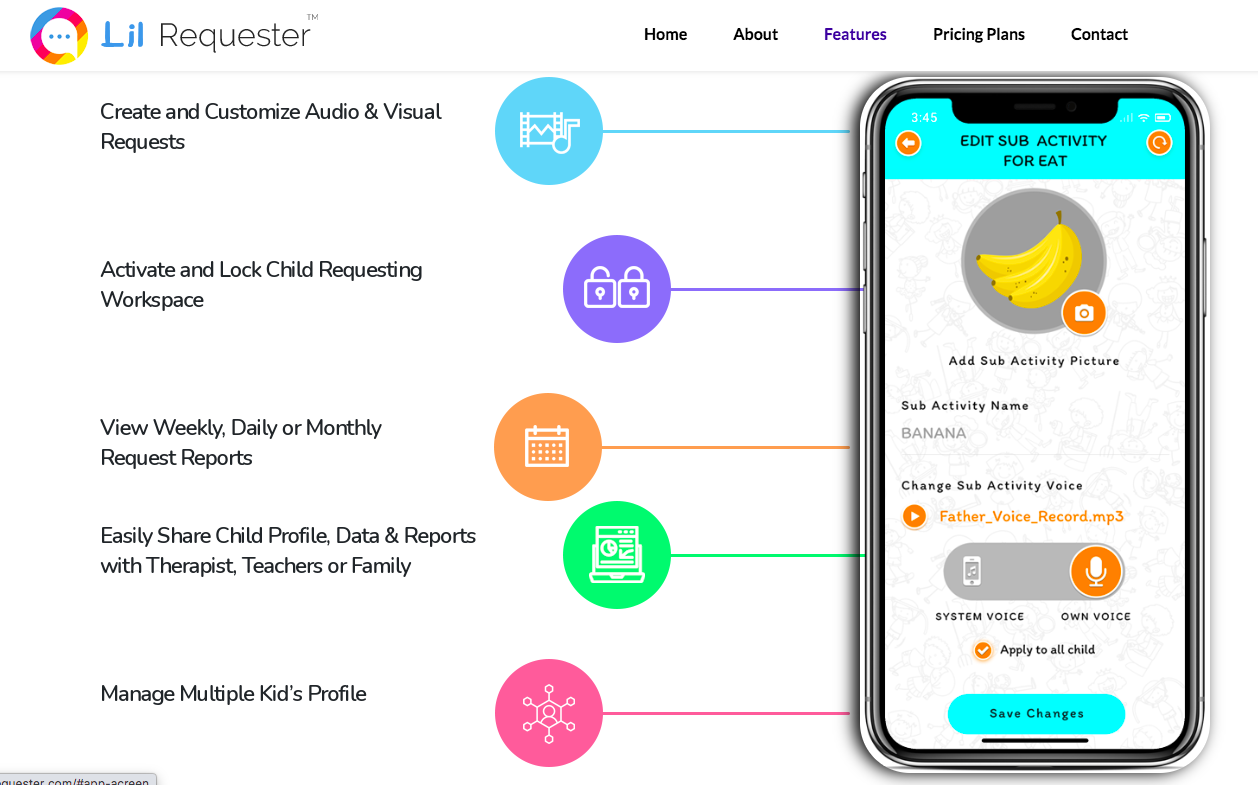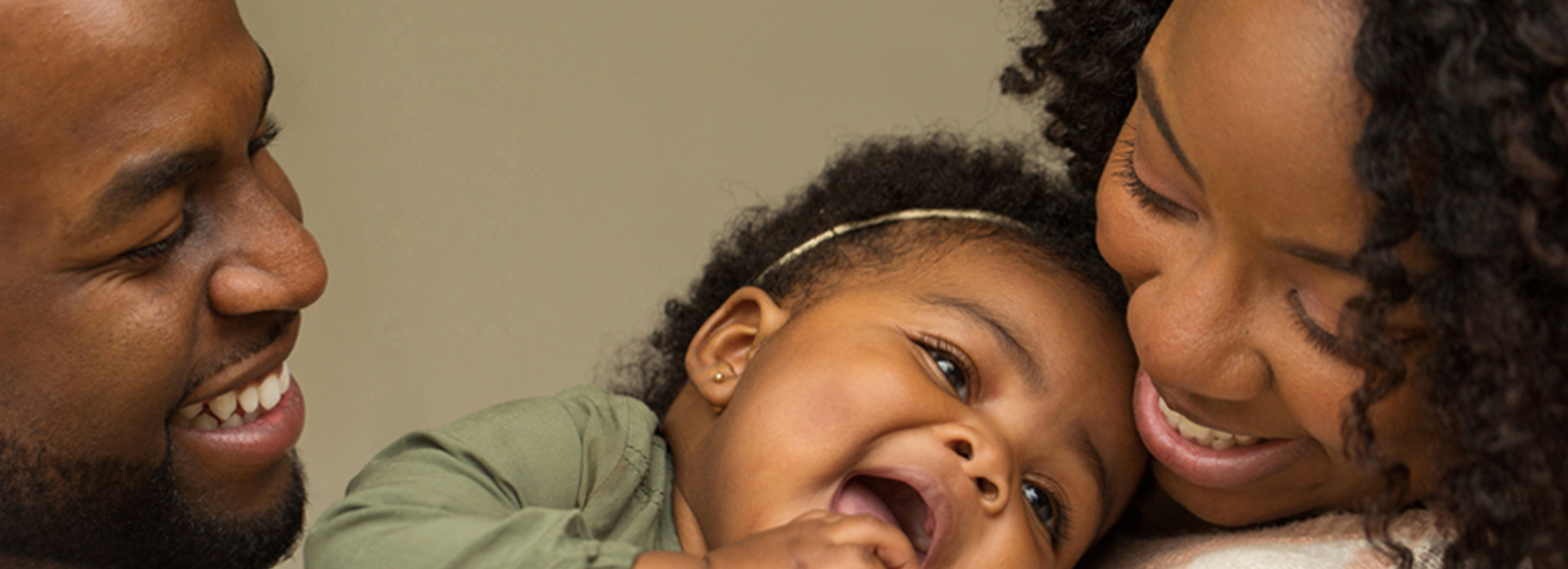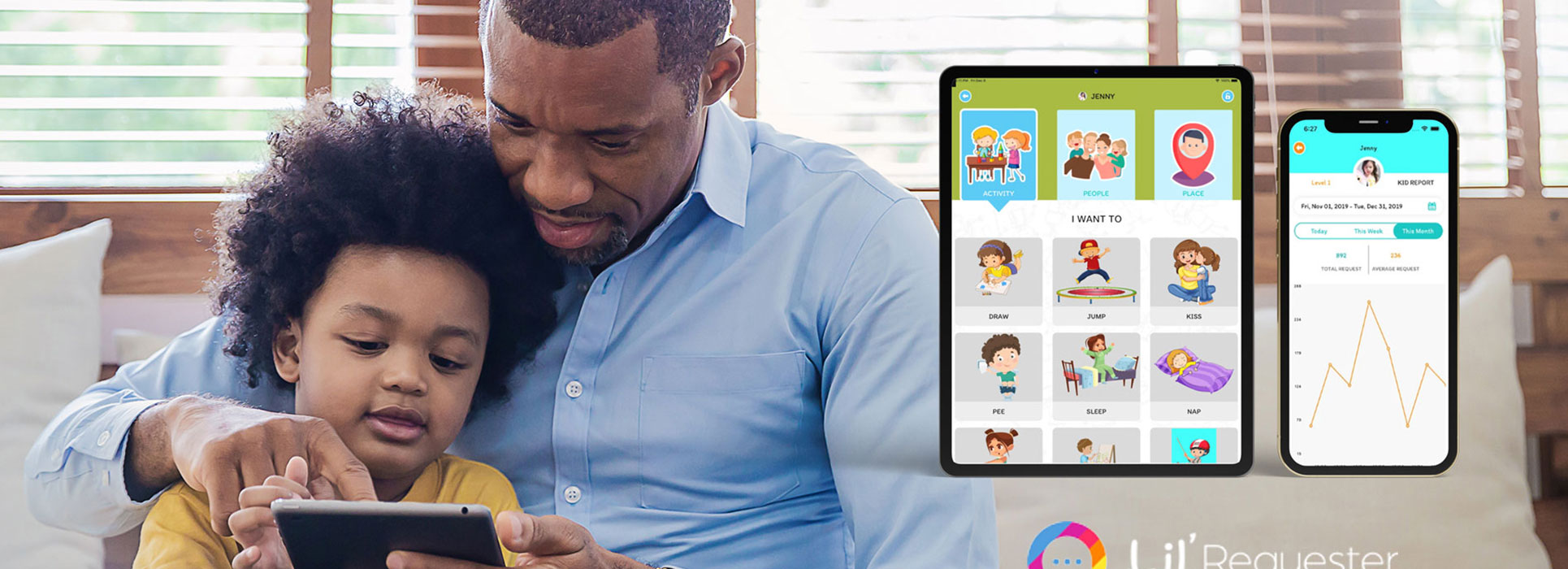Communication.
It’s the key to so much. As their children grow, parents expect them to start communicating basic wants and needs, like saying when they’re hungry or asking for help while playing with a certain toy.
Communication can boost the bond between parents and children by encouraging their social-emotional connection through everyday interactions.
When children start to communicate their thoughts and feelings, that can also help reduce frustration and tantrums.
But for parents who have a child diagnosed with Autism Spectrum Disorder, their child’s communication skills may not develop as they would have expected. And that can pose some unique and particularly difficult challenges for both parents and a child diagnosed with Autism.
What kind of speech and language difficulties do children with Autism typically display? And what can parents do to teach them how to communicate?
By incorporating certain evidence-based strategies recommended by Speech-Language Pathologists, parents can successfully improve their Autistic child’s communication skills.
Communication Challenges in ASD
Limited babbling, limited vocabulary of spoken words, regression in language. These are often some of the first signs of Autism a parent may see in their child during their first few years.
Impairments in communication is a hallmark sign of Autism Spectrum Disorder. According to the American Speech-Language Hearing Association (ASHA), children with Autism may display difficulties with some of the following speech and language skills:
- Understanding and using words
- Comprehending directions
- Understanding and using gestures to communicate (for example, waving, pointing, and clapping)
- Saying the number of words expected for their age
- Speaking clearly
- Engaging in conversations with others
- Using a natural tone of voice (some children with Autism may use a monotone or robotic-sounding voice)
- Reading and writing
- Coming up with new sentences or talking about things that are more abstract (some Autistic children are often restricted to repeating words or phrases heard previously, such as from television shows – known as echolalia)
Speech therapy is often recommended to improve these skills in children with Autism. The child may attend Speech Therapy once to several times per week. The Speech-Language Pathologist will use specific strategies to improve the child’s communication skills.
Parents and caregivers should be involved in their child’s Speech Therapy sessions so that they can learn those specific strategies and continue using them outside of therapy.
Unfortunately, some parents may not be able to attend their child’s Speech Therapy sessions. Or, their child is still waiting to receive services. Other parents might just want to be sure they’re doing all they can to support their child’s communication skills at home.
After all, parents know their children best. They have the best understanding of their child’s unique strengths and what motivates them.
According to the Hanen Centre, “Studies show that when parents interact with their child in specific ways that motivate, encourage and support their child’s communication, they can make a significant difference to their child’s communication development.”
Knowing some of the top, research-based strategies for encouraging communication skills in children with Autism can be helpful for those parents.
#1: Focus on Your Child’s Interests
Children tend to learn best when they are doing something that they are interested in.
To improve your child’s communication skills, start by taking note of what seems to excite or motivate your child. This might be something like a fascination with trains, or a particular interest in letters and numbers.
Observe your child during daily activities at home. When you see him or her doing something they seem to enjoy, that’s your cue to start an interaction which can lead to more communication.
#2: Imitate Your Child
One way children learn to talk is by understanding the concept of imitating others. Our kids imitate sounds and words they hear us using.
Help your child understand imitation by first imitating them.

If your child pushes a car back and forth, get on the ground and push a car next to them. Once your child takes notice, try adding a word or sound, like “wheee!”, “go!” or “beep!” every time you push the car. Your child may start to copy you.
#3: Encourage Play with People
Another tip for improving communication skills for a child with Autism?
Encourage your child to participate in some fun, back and forth interactions with you and others. This type of social interaction can help your child understand the concepts of turn-taking and communication – in an enjoyable way.

Here are a few ideas for activities that promote what’s known as joint engagement:
- Peak-a-Boo
- Hide and Seek
- Tickling, and then pausing
- Singing familiar nursery rhymes, like “The Itsy Bitsy Spider” and “If You’re Happy and You Know It”
- Ring-Around-the-Rosie
- Piggy back rides
Children on the Autism spectrum often have difficulties with paying attention to both an object and another person during an activity (for example, shifting their attention between a toy and a parent while playing).
These joint attention difficulties can result in less interaction and communication with others. Help your child form some of the building blocks towards speech and language by encouraging them to engage in some fun activities with other people!
#4: Notice Nonverbal Communication
Communication comes in many forms. Although it can be easy to focus on getting your child to speak more, remember the importance of nonverbal communication.
Gestures, eye contact, and pointing can “build a foundation for language,” according to the organization Autism Speaks.
Take note of what nonverbal communication your child is already using or may not yet be using. Demonstrate gestures often as you participate in daily routines, and stay consistent.

For example, reach your arms up as you say, “up” if your child comes close to you to communicate he or she wants to be picked up. Clap your hands after your child completes building a tower of blocks, or performs another act he or she is proud of.
Encourage your child to point by pointing to things you notice while taking a walk together, and point out pictures you see in books.
The goal is that your child will start to use gestures like pointing to things he or she wants, or to communicate other ideas to you.
#5: Use an AAC App
Did you know there are apps you can download from your tablet or phone that can immediately start helping your child communicate, and in turn, reduce tantrums and difficult behaviors?
AAC stands for Alternative Augmentative Communication. Some children with speech and language difficulties, like those who are on the Autism Spectrum, can benefit from AAC apps to communicate with others.
According to research, AAC can substantially improve communication for children with severe speech impairments.
Lil Requester is an AAC app that allows kids to make requests by expressing wants, needs, and feelings by touching a button on the screen to communicate (audio-visual cues).

By using the Lil Requester app, children with Autism can also learn to identify familiar people, places, and activities in a way that allows them to value the power of language.
The app can even reinforce a child’s comprehension skills. And because of its simplicity and ease of use, parents can customize a requesting page for their child to start using right away.
#6: Observe and Wait
While parents are usually encouraged to frequently talk to their child throughout the day, narrating events and modeling language, it’s also important to leave some space. Space for your child to communicate as well.
Try taking a step back, speaking less during certain moments, and observing your child. You can learn a lot about what he or she is interested in, how your child tries to communicate, and open the door to more turn taking activities.
By not asking your child questions frequently or asking him or her to “say” a certain word, you might be surprised at what you see your child do.
Observing and waiting after saying a familiar phrase or doing an activity repetitively can be a great way to elicit communication from your child. For example, say “ready, set, go!” each time before you push a toy car. Then, simply say, “ready, set….” and wait, looking expectantly at your child. When you see some sort of verbal or nonverbal communication (like eye contact, a sound, or the word “go”), then push the car!
#7: Reorganize Your Environment
Take a look around your home and your child’s environment. Consider a few ways you can reorganize this environment to encourage your child to communicate more with others.
Toys scattered around a playroom? This can sometimes result in your child having a reduced attention span, because he or she can easily bounce from playing with one toy to the next. The solution? Limit the number of toys that are accessible to your child at one time.
Limiting how many toys you have out at home can also encourage more functional, purposeful play. And you can always rotate those toys with others every few months!
Another tip for setting up your child’s environment to encourage more language and communication? Make items your child wants or needs less easily accessible. Putting snacks up higher, or having toys go in clear bins that your child needs help opening.
That way, you are increasing the number of opportunities your child has throughout the day to communicate with you. This might mean something like pointing, reaching, or grabbing your hand and leading you to what they want. Those are all signs of communication!
#8: Repeat through Routines
Many children learn well through familiar routines, and when the same words are repeated several times. Try staying consistent by incorporating some of these familiar routines into your child’s day.
For example, saying “bath time!” every night when you bring your child to the bath. Or, “let’s go outside!” before you open the door for your child to play in the backyard. Your child can come to expect these same words during certain times of day or specific activities. That can help him or her comprehend the meaning of those words and maybe even start to use them too!
When blowing bubbles, you can model the word “bubbles!” each time before you blow the bubbles. When your child hears this word, he or she will know that bubbles are about to come! Eventually, your child might request “bubbles” by saying the word or pressing a picture of bubbles on their AAC app.
#9: Give Choices
When we ask children yes or no questions (such as, “do you want milk?”, “do you want your dinosaur toy?”) we’re limiting their response to just the same two words each time “yes” or “no”. Or, your child might use a gesture like nodding their head.
Instead of asking yes or no questions, try giving your child choices. For example, “do you want water or milk?”, or, “do you want to play with cars or dinosaurs?”.
This can help boost your child’s receptive and expressive language skills. He or she can start to comprehend the meaning of several different words, because they’re seeing the visual representation of the object as they hear the word.
.
Children might start by reaching towards the object they want, and may eventually try saying the word. Choices can also be a great way to improve behavior in some children, by giving them a say in what they want!
#10: Focus on Functional Words
If you could only say 10 words, what would they be?
Maybe helpful words like these:
- Help
- More
- All done
- Open
- Please
- Hi/Bye
- Go
- Stop
When interacting with your child, focus on words that are functional for your child to use in everyday life.
Academic concepts like numbers, colors, and letters are of course important for children to know…eventually. But words that carry a lot of meaning can help your child realize the power of communication!
Additional Resources
Children with Autism Spectrum Disorder may face communication challenges from an early age. By following these strategies, you can effectively improve your child’s speech and language skills.
Downloading the Lil Requester AAC app can give a child with Autism an effective way to communicate with the world around them. You can customize an electronic communication board for your child to use across environments.
Continue following the Lil Requester app blog for additional helpful resources for parents and caregivers of children with Autism.
Amy Yocoub is a Clinical Competence Certified Speech Language Pathologist and an SLP Consultant at Lil Requester.





